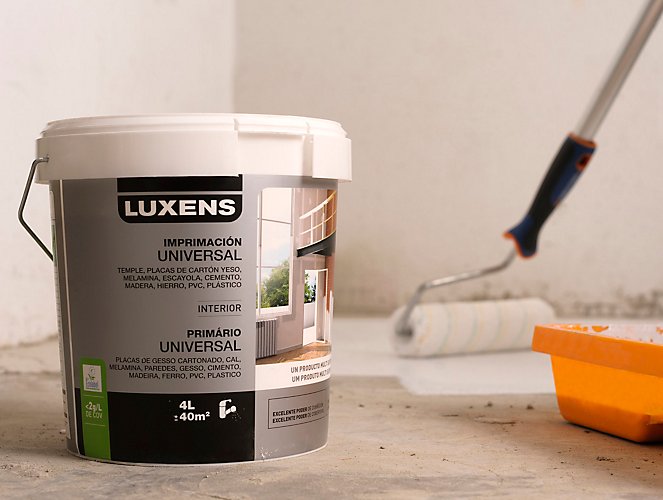When a floor has too many imperfections to receive a laminate floor or a ceramic floor directly, the best solution is to apply a layer of leveling or self-leveling paste . Fill any gaps and leave the base level, perfect for covering with any material.
We tell you step by step
Choose the right thickness
You can apply self-leveling paste on any floor: ceramic tiles, polished concrete, stoneware … The only precaution is that if the surface is highly polished, if it does not have pores, you must apply a primer to create the ideal base for the paste to grip, as who prefers porous surfaces.
The self-leveling pastes admit thicknesses of between 1 and 10 mm. When applying it, you must take into account that thickness plus that of the flooring that you are going to place later and check that you will not have to lower the doors of the room or put transitions between the floor of the rooms.
Apply the leveling paste
2.1. Clean the floor of dust and detached elements, as well as glue residues or any element that may interfere with the grip of the paste, such as oils, paint or plaster residues. Where grease or paint remains can be noticeable, we recommend treating the surface with strong water diluted with water and rinsing with plenty of water before applying the leveling paste.
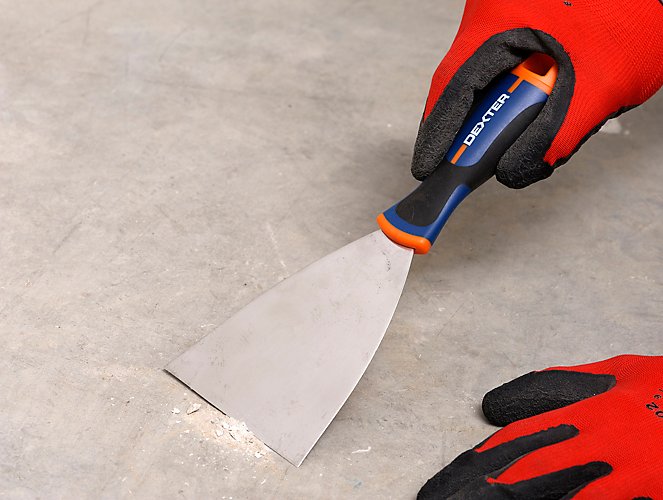
2.2. Prepare the mixture as indicated by the manufacturer on the container. It is important that you respect the proportion of water since it needs a certain consistency for it to spread and level. In the container you will specify the performance: in general, 25 kg yield 15 m 2 with a millimeter of thickness. Count on it when you buy the product.
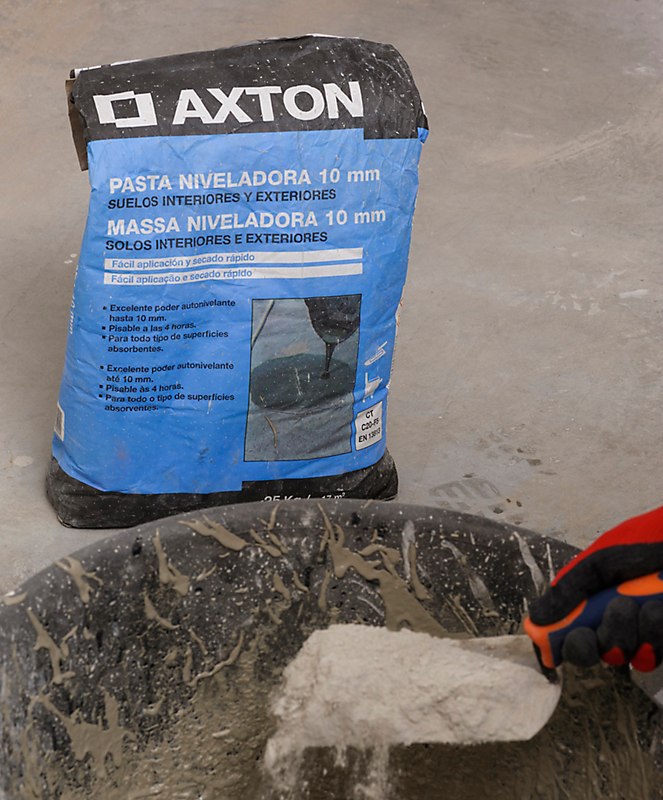
2.3. Beat with the mixing rod until all the pasta is homogenized and let it rest for a few minutes. To do this, use gloves and protective glasses to avoid splashing your eyes. Have a bucket of clean water nearby and, when you finish making the mixture, put the rod in the water and operate the electric drill so that the rod cleans itself.
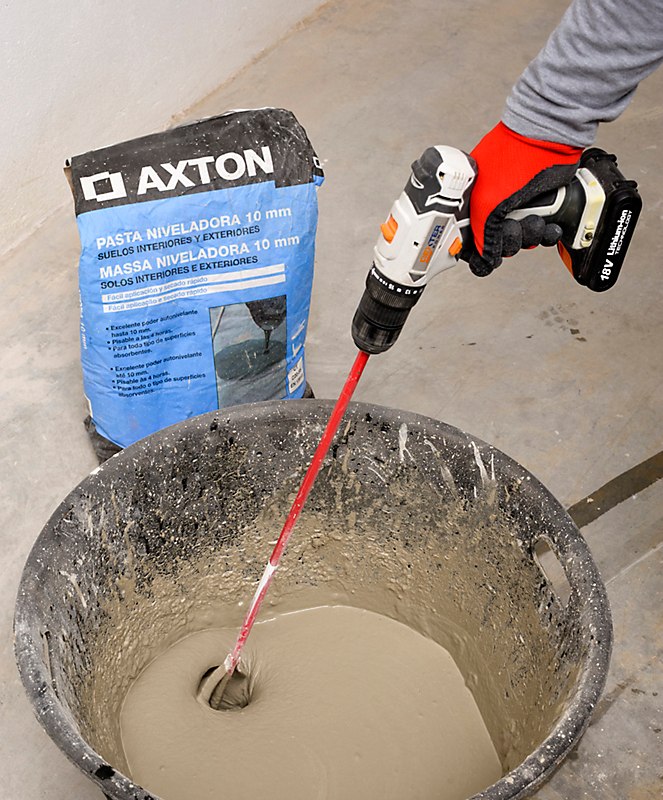
2.4. Spread the paste on the floor, starting at an angle and working your way out of the room.
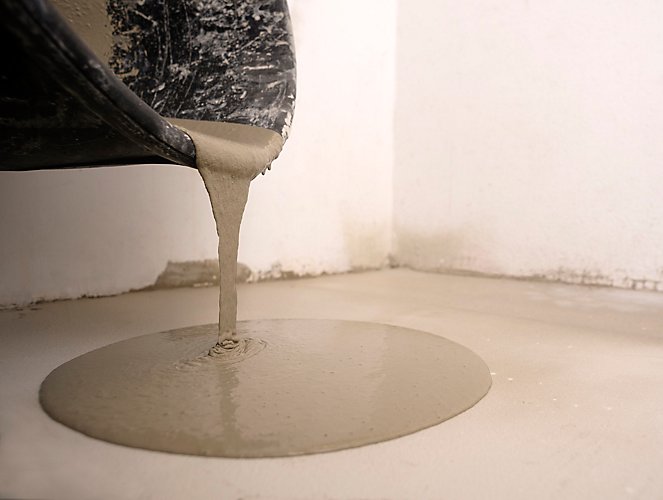
2.5. Use a trowel or metal strip to help it spread, although gravity will do most of the work. You can use a special roller to fix the leveling paste. The pavement will be dry in about 12 hours.
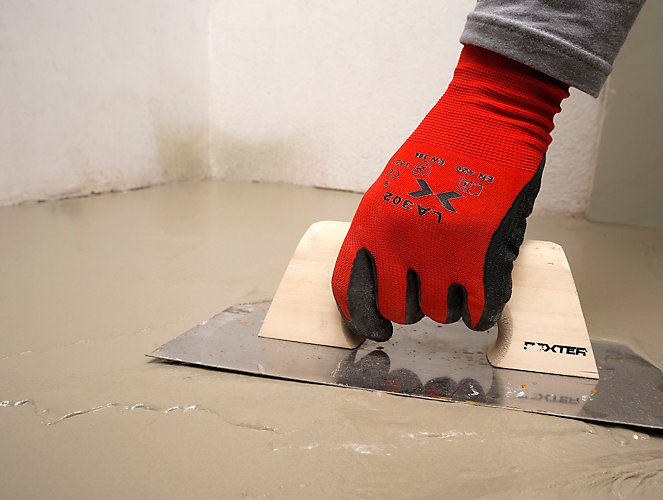
2.6. If you want to add a second coat, apply it as soon as you can step on the first.

2.7. Let dry. Average times for ceramic or carpet are 8 to 12 hours. For wooden or vinyl floors the waiting time is 12 to 24 hours. For the painted finish, let it dry for 72 hours.
